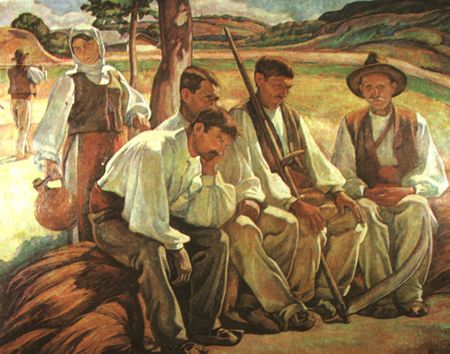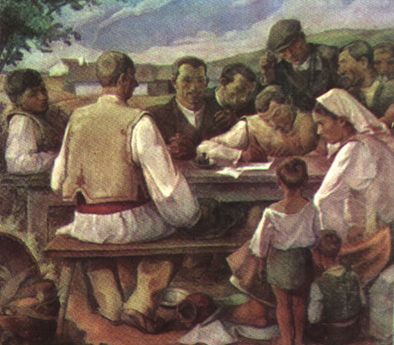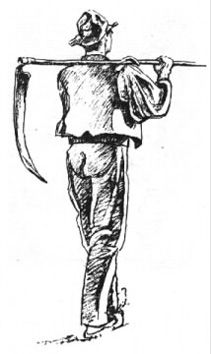Camil Ressu (1880,Galati-Romania-1962, Bucharest- Romania) From 1897 to 1899 he studied at the Fine Arts School in Bucharest with Professor G.D. Mirea. He continued his studies at the Fine Arts School in Jassy with Professor Gheorghe Popovici. In 1902 after a visiting tour of the Munich museums, he would go to Paris for studying at the Julian Academy as an apprentice to Jean Paul Laurens. After coming back to Romania in 1908 he would try his hand at making caricatures for such publications as "Adevarul", "Furnica", "Facla" and "Cronica". Soon he would join the "Artistic Youth" events, participate in official salons and other group exhibitions in the country or abroad. During his life he had two personal exhibitions in Bucharest (in 1914 and 1955 respectively). In 1917 he was one of the founding members of the "Romanian Art" Society, to include painters Nicolae Darascu, Stefan Dimitrescu, Iosif Iser and others. Also he was on the initiative taken in 1921 for setting up the Romanian Plastic Artists' Trade Union he was to preside over for two years. Professor and Rector of the Academy of Fine Arts in Bucharest so far as 1941. Starting with 1950, he was honorary president of the Plastic Artists' Union, to resume at the same time his academic position as professor at the "N.Grigorescu" Arts Institute. He was awarded in 1955 the People's Artist title, to become one year later a member of the Romanian Academy. Being largely exercised in studies of human body, of landscapes and objects under his eyes, he would, conscious of the drawing and colours performance, dare to innovate the art language while keeping the traditional values intact. His attachment to traditional values was mainly proved by his pictures of the village world seen as an immemorial preserver of those traditions. Between 1918 and 1939 he painted Semanatorii/The Sowers, Mocani din Vlaici/Shepherds from Vlaici, Tarani la pranz/Peasants Taking Their Lunch, Cosasi odihnindu-se/Harvesters At Rest, Odihna la camp/Taking A Rest in the Field. He realised portraits of personalities, seen as individuals (Stefan Luchian, Tudor Arghezi, Iancu Brezianu) or as protagonists of a scene with highly emotional connotation (Cafeneaua "Otetelesanu"/The Otetelesanu Cafe, a painting shown in 1913). Image: "Mower Resting" ; "Signing the Peace Appeal" ; "Peasant with Scythe" |




































